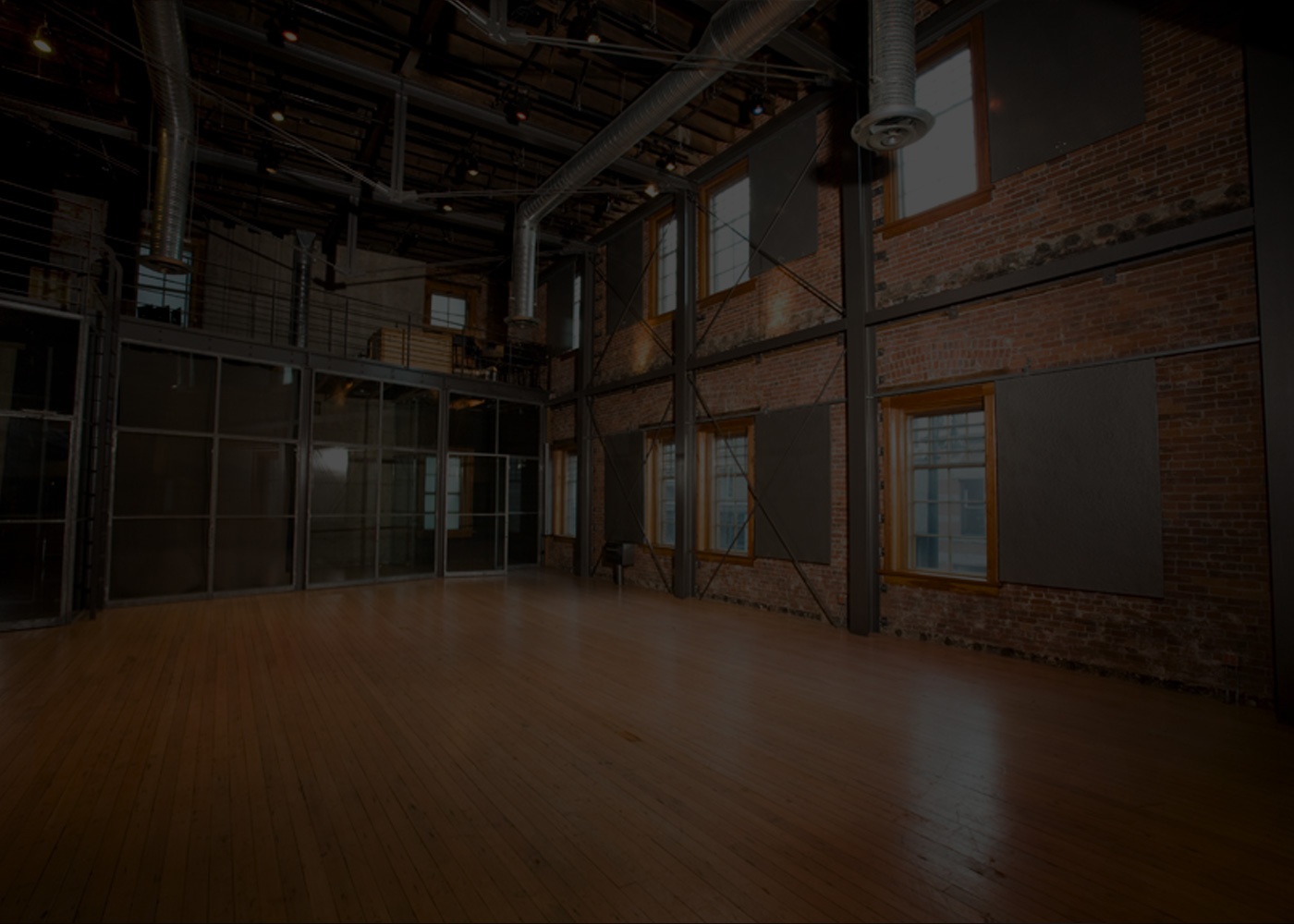
It’s an age of environmental consciousness. People are eating greener, recycling more, and generally focusing on making their carbon footprint smaller in as many ways as they can. With all this in mind, where does commercial real estate come into play?
17% of greenhouse gas emissions in Ontario come from commercial and residential buildings. With tenants looking for more environmentally friendly options, landlords can benefit from taking steps to reduce the carbon footprint of their buildings.
Start taking steps now
When most people think about being more environmentally friendly, they think of the simple steps: changing lights to LED lights and turning down the thermostat. These are important steps, but more drastic and more effective steps need to be taken: retrofitting commercial spaces.
Improving insulation and draft sealing is crucial to keeping the heat inside the building, and not causing tenants to want to turn up the furnace. Replace old HVAC systems with high-efficiency HVAC equipment to reduce energy costs.
Energy can also be reduced through using rainwater management systems, improved window glazing, insulated piping and more energy efficient appliances.
Happier, longer tenants
A recent study suggests that in Canada, occupants are 18.7% more likely to stay in environmentally certified buildings rather than non-certified buildings.
Tenants are considered happier, and the study calls them “sticky” which means that they stay in one space for longer. This leads to reductions in costs for landlords that comes with tenant turnover.
Long-Term Cost Effective
Before a retrofit begins, landlords or building owners need to have current baseline data for energy and water use, recommendations for proper equipment, estimates of energy reductions and cost savings, and data collections on building’s energy and water use after the retrofit.
Governments are increasing costs of carbon, so lowering emissions and energy use will reduce those operational costs and high carbon taxes. Without even accounting for those carbon taxes, retrofitting renovations will have paid themselves off in reduced operating costs within 20 years (at the current costs now - this timeline will get shorter as prices in carbon spike).
Retrofitting a building will not only help in finding tenants who will last longer and thus have a positive effect on landlords, or lower operating costs, but it will also have a positive effect on shifting the environmental climate change. The benefits of retrofitting a commercial space far outweigh the cost that will take to undergo this retrofit.




